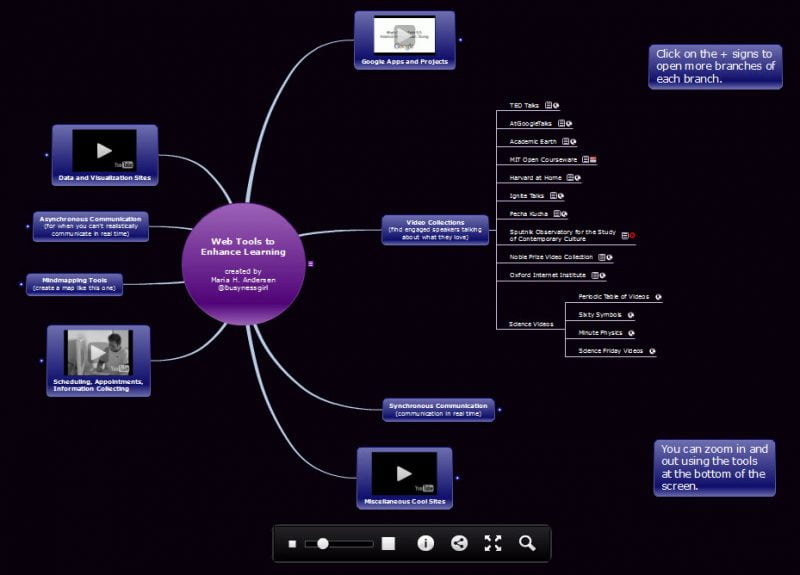One of the pictures from this Inspired Classroom Wiki got me thinking about our college learning spaces.

I’d be willing to bet that at least 80% of college classrooms in the U.S. are set up for the “sage of the stage” model of learning. How can you create a new learning environment when the classroom setting is fixed? For example, next semester I am teaching an algebra class in a room with one whiteboard. I have been teaching algebra in a room with whiteboards on three walls for several years now. My whole teaching style in the classroom now revolves around having multiple whiteboards so that the entire class can stand up and work on the boards in pairs (see my Innovations Abstract article Back to the Board).
But now, I am back to a bare bones classroom. Actually, the situation was worse, because the first classroom I was assigned to had nothing but a whiteboard and old-fashioned overhead projector. I had to go scouting for an available classroom with a computer cart and Internet access, and the only way to secure that was to split my class into two classrooms (one on Mon/Wed and a different one on Tues/Thurs – my department secreatary says there’s no way that I’ll remember which classroom to go to on any given day and she’s probably right).
If pedagogy depends on the environment, then what do we do if we have no control over the environment?
I never like to pose a problem without thinking about a solution, and I have an idea about how to fix the problem, but it’s very slow in being implemented. When instructors make their schedules for a semester, they should also be able to indicate the type of classroom they require for the learning environment they hope to create. Here’s an outline of what has to happen to get the end result:
1) Someone on the campus (maybe a team of faculty, facilities staff, and OIT) has to create a coded list of learning environments, maybe something like this:
B: Basic – Overhead Projector and Whiteboard
S: Sink station (chemistry classrooms)
T: Technology – computer cart, DVD player, internet connection, ceiling projector
D: A discussion environment (classroom set up for group work)
W: Extra whiteboards
AT: Advanced Technology – smartboard or mimio in addition to standard technology
CL-1: Computer Lab – Windows XP
CL-2: Computer Lab – Macs
CL-3: Computer Lab – Windows Vista
RC-###: Reserved Classroom – some courses require very specific spaces, like our physics lab. In this case, the room cannot be substituted, so you might request RC-134 to indicate you must be placed in room 134.
2) All the classrooms on campus have to be classified using the coding system. Note that a classroom may have more than one code!
3) In the scheduling system, there must be a field added to request specific classroom types, comma delimited for multiple codes (I would ask for T, W at the very least, and T,W,AT if they were available).
4) When classes are scheduled, the person responsible for this function would have to start by scheduling the classrooms in the most limited supply first (probably AT or S). Then move down the list so that B classrooms are scheduled last.
In the process, when your campus reaches #4, you would quickly see if there is a gap between the learning spaces that are desired and the learning spaces that exist on campus. I suspect that a lot of classroom space is not optimally utilized as there are always instructors who wished that they had a classroom with more technology, and other instructors who are in classrooms with amazing technology who teach only with the whiteboard. Potentially this could be a cost-saving process; your campus may not have to convert EVERY classroom on campus to a technology-enriched classroom.



